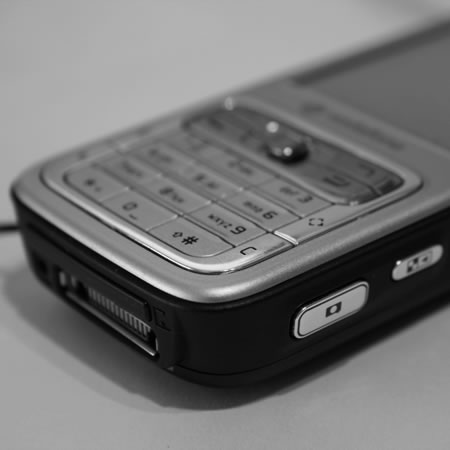The US National Academy of Engineering asked eighteen influential thinkers what they thought were the great technological challenges facing humanity in the 21st century.
Now while the press like the BBC have focussed on the nanobots and artificial intelligence papers, the one that (obviously) interested me was the challenge of personalised learning.
Some learners are highly self-motivated and self-driven, learning best by exploring a realm of knowledge on their own or at least with very little guidance. Other learners prefer some coaching and a more structured approach; they are typically self-motivated when the subject matter appeals to their interests. Still another type is more often motivated by external rewards and may learn best with step-by-step instruction. Some may resist learning altogether and have little motivation or interest in achieving goals established by others.
These general categorizations provide a base for developing personalized instruction, but truly personalized learning could be even more subtly individualized. Within the basic types of learners, some prefer to learn by example, others by finding answers to questions, and others by solving problems on their own. Under different conditions, people might even switch their preferences, preferring examples in some contexts but questions in others.
Read the full article.






